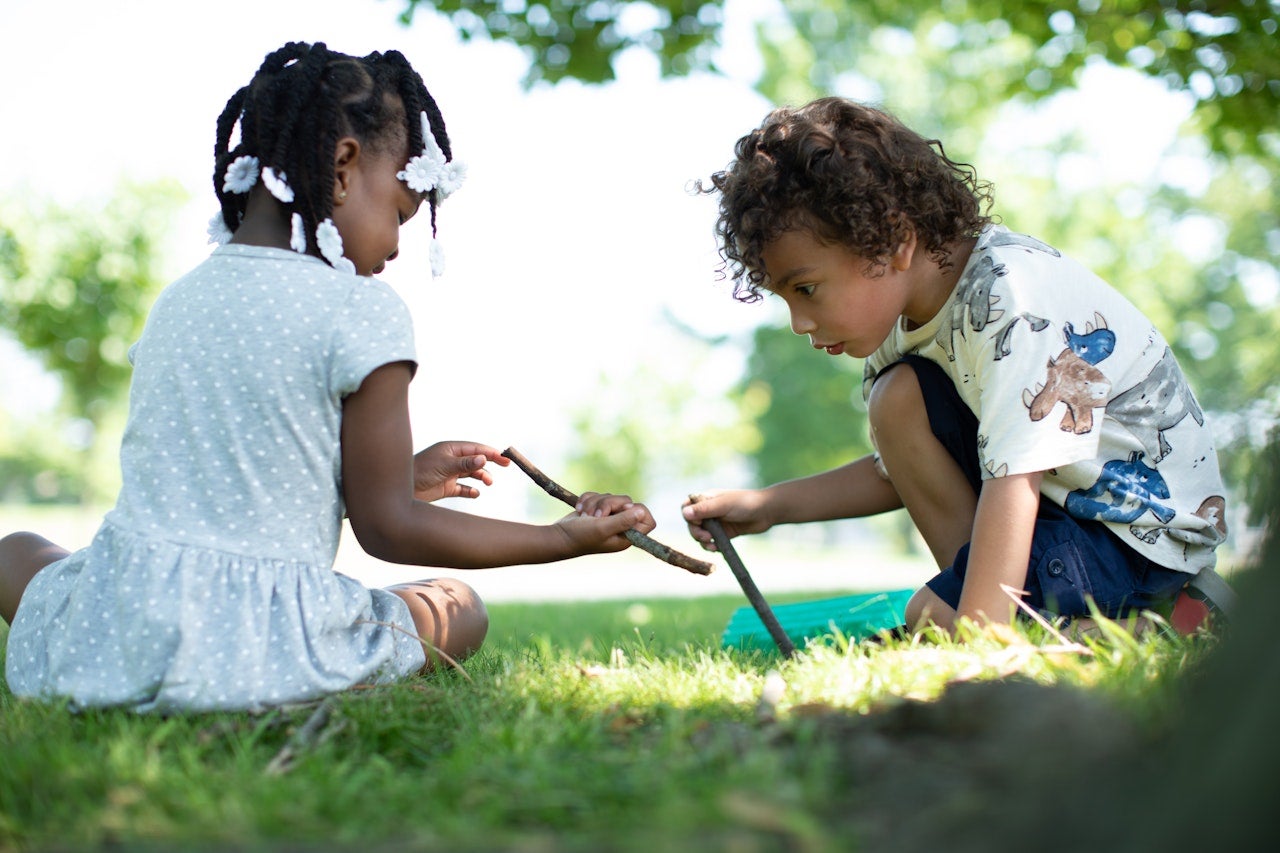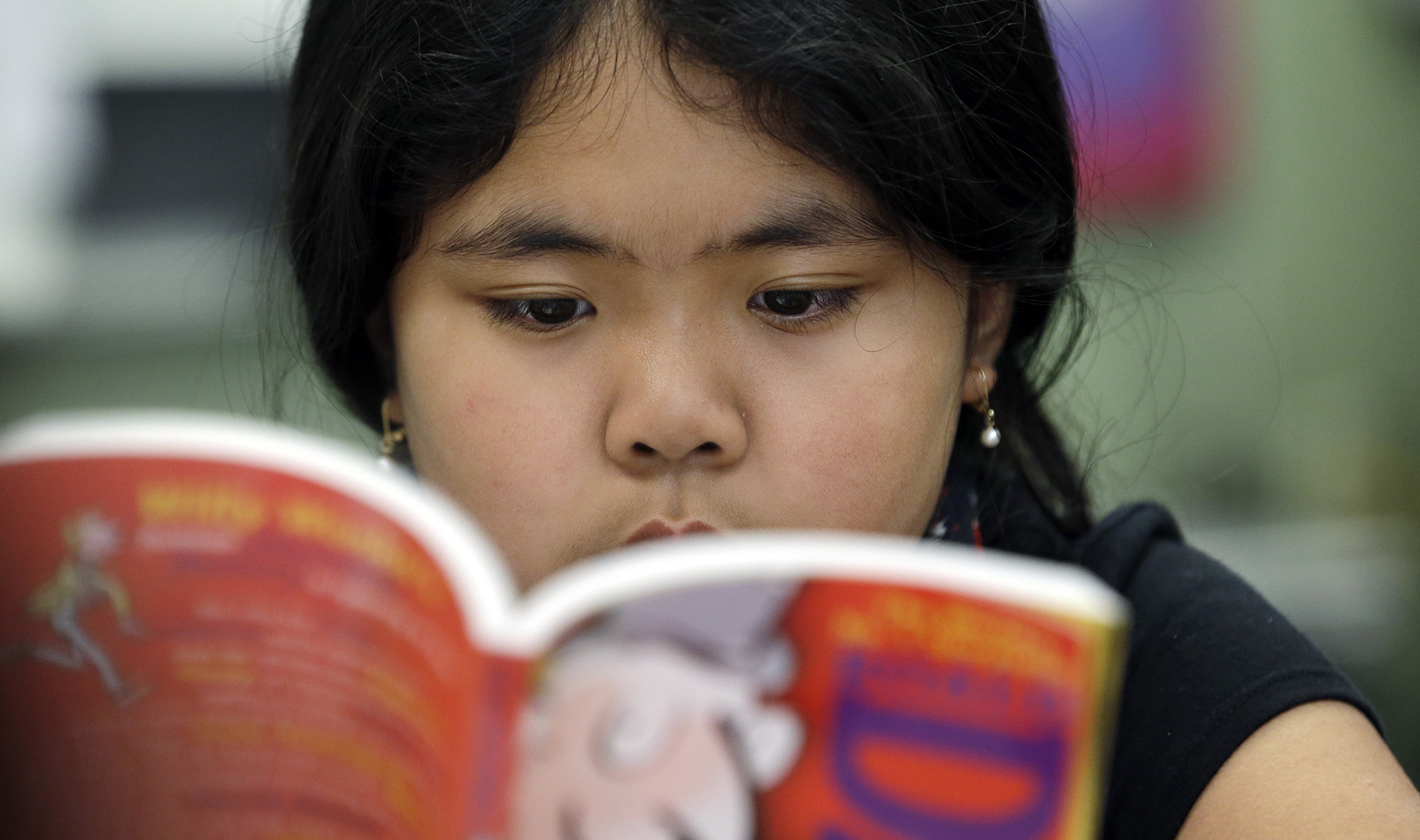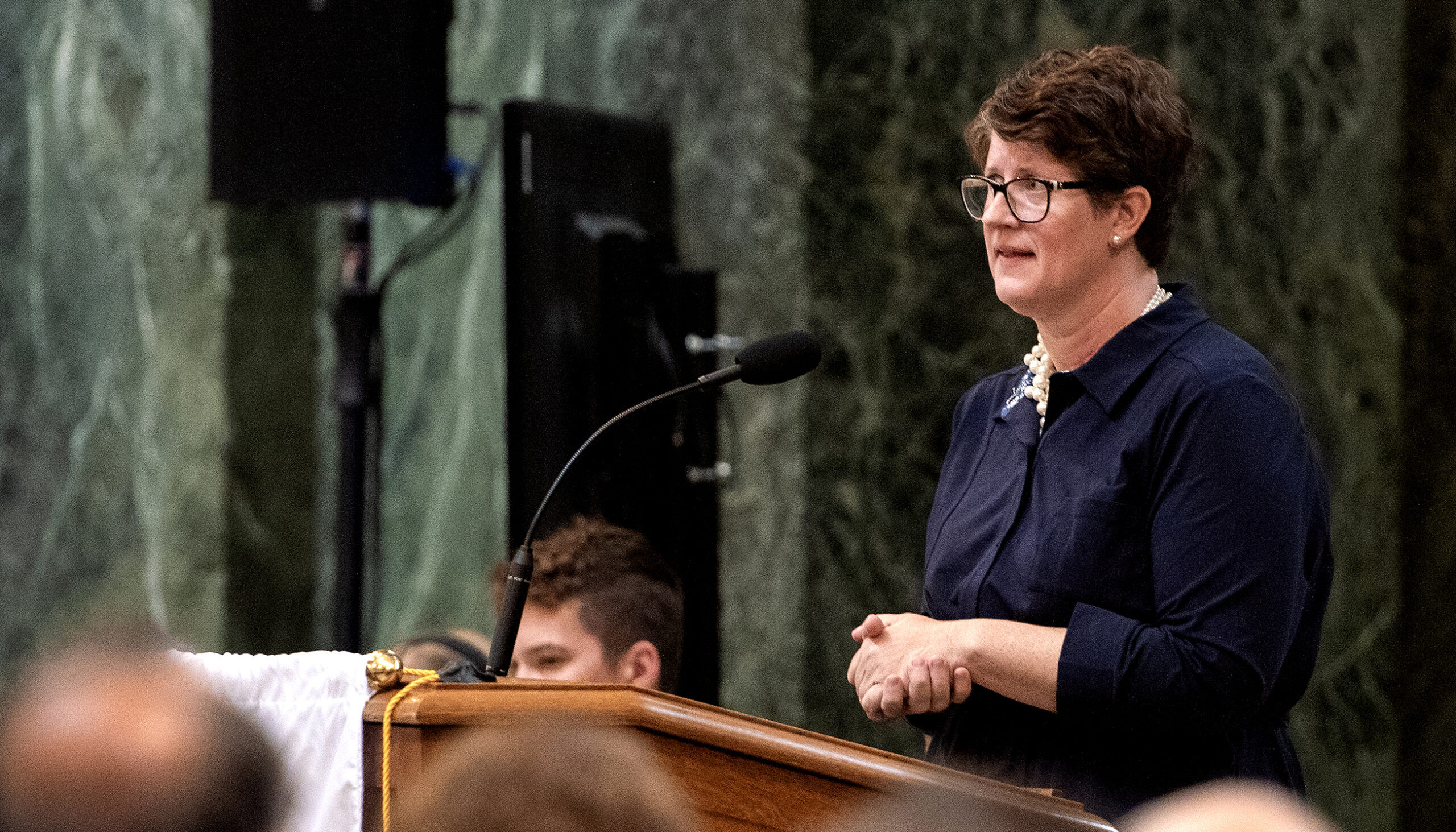Wisconsin ranks 10th in the nation in overall child well-being, according to the latest 2023 Kids Count report by the Annie E. Casey Foundation.
The report analyzes how children and families are faring looking at four areas: education, health, economic well-being and family and community.
“A child’s chances of thriving depend not only on individual, family and community characteristics, but also on the state where they are born and raised,” according to the report. “Policy choices and investments also influence children’s chances for success.”
News with a little more humanity
WPR’s “Wisconsin Today” newsletter keeps you connected to the state you love without feeling overwhelmed. No paywall. No agenda. No corporate filter.
For the last five years, Wisconsin has been ranked between 10th and 13th in the country. This year, New Hampshire ranked first, followed by Utah and Massachusetts. Mississippi, Louisiana and New Mexico are the three lowest-ranked states.
Child care costs a focus of this year’s report
This year’s report focuses on how expensive and hard-to-find child care affects parents. It also describes how low pay has led to a chronic shortage of providers.
“A good child care system is essential for kids to thrive and our economy to prosper,” Lisa Hamilton, president and CEO of the Annie E. Casey Foundation said in a statement. “Without safe child care they can afford and get to, working parents face impossible choices, affecting not only their families but their employers as well.”
The Baltimore-based Annie E. Casey Foundation works with federal, state and local governments to provide grants to help children facing challenges related to poverty. In its report, the group made the following recommendations related to the high cost of child care.
- Federal, state and local governments should invest more in child care. State and local governments should maximize remaining pandemic recovery act dollars to fund needed child care services and capacity. Congress should reauthorize and strengthen the Child Care and Development Block Grant Act and increase funding for public prekindergarten and Head Start.
- Public and private leaders should work together to improve the infrastructure for home-based child care, beginning by lowering the barriers to entry for potential providers by increasing access to startup and expansion capital.
- To help young parents, Congress should expand the federal Child Care Access Means Parents in School program, which serves student parents.
The issue has been central in Wisconsin where for weeks, child care providers and parents have asked the state Legislature to keep in place a federal pandemic relief program that helped them improve pay for their employees while keeping tuition costs for families down.
That program, called Child Care Counts, will be cut in half and new restrictions will be put into place later this year.
Democratic Gov. Tony Evers included $340 million in his 2023-25 Wisconsin state budget to stabilize the program, but Republicans cut it from the budget.
Wisconsin child care workers will rally at the state Capitol on Tuesday in response.
Wisconsin’s Black children struggling with poverty, education
While Wisconsin children and families overall rank 10th, Emily Miota, a spokesperson with Wisconsin’s Kids Forward which helped author the report, said Black and brown children are struggling.
“Our state still faces some of the most extreme racial disparities in the country, especially for Black children and families,” Miota said. “So, it’s important to note that this 10th place ranking really doesn’t tell the whole story.”
The report found Black and brown children are more likely to be living in poverty.
One in three Black children were living in high poverty areas from 2017 to 2021. That’s compared to 1 in 6 Native American children; 1 in 8 Latino children and 1 in 100 white children.
Children of color are also not doing as well as their white counterparts in school. Latino children are six times higher to be living in a household that lacks a high school diploma than white children. And Black children are nearly five times more likely not to graduate high school on time than white children, according to the report.
“These are just a couple of examples, but closing these gaps will obviously be key to ensuring everyone in Wisconsin has an opportunity to thrive, especially Wisconsin’s Black and brown families,” Miota said.
Wisconsin’s overall numbers slipped in the areas of health and education.
More low-birth weight babies are being born in Wisconsin, compared to in 2019 and children and teen deaths per 100,000 is up compared to two years ago, according to the report.
Only 38 percent of Wisconsin fourth graders are proficient in reading and 38 percent of eighth graders are proficient in math.
A bill is currently working its way through the state Legislature that would overhaul how Wisconsin schools teach reading, moving away from what is known as “balanced literacy” to a “science of reading” approach.
Instead of being taught reading through pictures, word cues and memorization, children would be taught using a phonics-based method that focuses on learning to sound out letters and phrases.
Wisconsin Public Radio, © Copyright 2026, Board of Regents of the University of Wisconsin System and Wisconsin Educational Communications Board.



